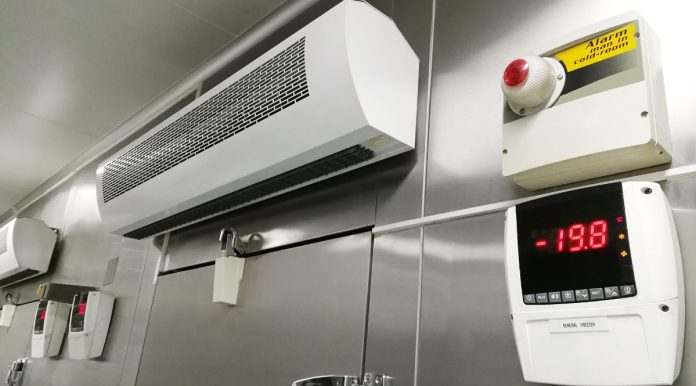Keeping the cellar at the right temperature is key to your wine collection. Whether you’re storing wine, cask beer, or keg beer, knowing how to create and maintain the perfect conditions will make a big difference to the flavour and shelf life of your drinks. Here’s the full guide on how to keep the cellar at the right temperature for your precious wines and beers. For further information on cellar cooling, visit Green Cool.
What’s the Ideal Temperature for Wine Storage
The ideal temperature for wine storage is between 10°C to 15°C (50°F to 59°F). Red wines are best at the top end of this range, white wines, and sparkling wines at the bottom. It’s important to keep it consistent as fluctuations can cause chemical reactions in the bottle and ruin your wine.
Consistent Temperatures
Keeping the cellar consistent is key to successful wine storage. Sudden temperature changes can cause the cork to expand and contract and allow air into the bottle and spoil the wine. Ideally, your cellar should be hot spot free – areas where the temperature is significantly different from the rest of the cellar. A few thermometers placed around your wine storage area will help you monitor the air temperature.
Choosing the Right Cellar Cooling
To achieve and maintain the right cellar temperature, invest in a reliable cellar cooling system. There are many options available including air conditioning units designed specifically for wine storage. These systems not only regulate temperature, but also humidity, which is crucial for long-term wine storage.
When choosing a cellar cooling system, make sure it can handle the volume of your cellar. Systems with cooling fins and good air flow will give more even temperatures throughout the space. Regular servicing by a qualified engineer will keep your cooling system in top condition and running all year round.
Humidity
Humidity is important in wine storage. Ideally. your cellar should be between 50% to 80% humidity. Low humidity will dry out corks and cause oxidation, high humidity will cause mould growth. A humidity control system with your cellar cooling system will help maintain the perfect conditions. Don’t store wine in your kitchen fridge as it’s usually low in humidity and will affect the corks.
Metal Safety Bars for Long-Term Storage
If you have a large collection or are storing beer, using metal safety bars will help keep your bottles in place. This is especially important in pub cellars where bottles are moved regularly. The extra security will prevent breakages and ensure your best wines are left alone.
Maintenance and Inspections
Keeping the cellar at the right temperature is more than just monitoring the temperature and humidity. Regular maintenance and inspections of your cooling system are vital. A qualified engineer should check for any issues that may arise – blocked vents or faulty components. This will save you a lot of energy and money in the long run.
Wine and Beer Storage
When storing wine or beer, lay the bottles on their side to keep the cork moist. For long-term storage, consider how you buy wines and whether they need to be aged. For example, red wines need longer ageing than white wines. Sparkling wines are best consumed young. Make sure you know the optimal conditions for each type of wine or beer in your collection.
Using an ice bucket or cold cooler will help when serving wines or beers that need to be cooled before consumption. But, don’t store them in your freezer as this will freeze and damage the bottle.
Summary
In summary, maintaining the right cellar temperature is key to your wine cellar and other stored drinks. By investing in a good cellar cooling system, monitoring temperatures with a few thermometers, and maintaining the right humidity, you can create the perfect cellar environment. Follow these guidelines and every bottle you open will be a pleasure.
Whether you’re storing red wines, white wines, or cask and keg beer, follow these and you’ll be storing your drinks properly and enjoying them for years to come.








